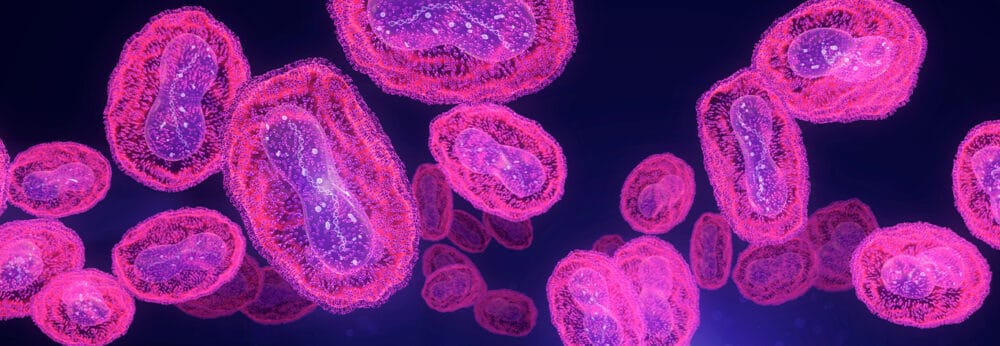Posted
27th March 2018
Research
Since the evidence base is limited, knowledge on what really works to prevent the transmission of pathogens that cause HCAI is limited. This is the case for C. difficile and other hospital pathogens. So, we commonly apply bundles of interventions, in the hope that one or more elements of the bundle will be effective. A recent modelling study helps us to break down the bundle to understand which elements are most effective for preventing C. difficile infection. Daily cleaning with a sporicidal disinfectant was the most effective intervention, reducing hospital-onset C. difficile infection by two thirds.
The study created a virtual 200 bed acute care hospital and modelled how 9 single interventions and 8 intervention bundles interrupted the spread of C. difficile between patients. The interventions and intervention bundles were either hospital-centred (e.g. daily or terminal cleaning, contact precautions for staff, and staff hand hygiene) or patient-centred (e.g. screening for asymptomatic colonisation or patient hand hygiene). Six of the interventions had some degree of effectiveness in reducing C. difficile infection: daily and terminal cleaning, staff hand hygiene, patient hand hygiene, screening at admission, and patient transfer reduction. Surprisingly, contact precautions for staff made little impact on transmission in this model. Daily cleaning with a sporicidal disinfectant was the most effective single intervention, reducing C. difficile infection by 69%. Implementing screening to detect asymptomatic carriers was also effective, reducing C. difficile infection by 36%. All of the bundles tested reduced C. diffiicle infection, but the most effective bundle was daily cleaning with a sporicidal disinfectant combined with screening for asymptomatic carriage, which would reduce C. difficile infection by 82%. Adding staff hand hygiene and patient hand hygiene would reduce C. difficile infection further.
The main problem with a modelling study like this is that it stands or falls by the quality of the data used to parameterise the model. If the parameters for the variables going into the model are inaccurate, the findings will be unreliable – and incorrect parameter values going into the model can be compounded by the calculations to give very odd findings! In this case, however, there’s a lot of experimental data on the impact of daily and terminal cleaning relating to C. difficile, so the outcomes of the model relating to cleaning are probably reliable. There is considerably less data on the impact of screening for C. difficile asymptomatic colonisation, so outcomes related to this intervention are probably less reliable.
Overall, the modelling study supports that an intervention bundle is the best approach to preventing C. difficile infection, and that daily and terminal disinfection with a sporicidal agent should be the fundamental component of all C. difficile prevention bundles, which is reflected in the latest European guidelines.
SHARE THIS ARTICLE
Tags
Latest News
Celebrating 20 Years of GAMA Healthcare: Our Story
This month, GAMA Healthcare celebrates 20 years of helping prevent…
Norovirus: Understanding its transmission and prevention in the UK
Introduction Norovirus is recognised as the leading cause of viral gastroenteritis…
Clean Between to Reduce Healthcare-Associated Infections
Healthcare-associated infections (HAIs) are a significant concern for healthcare facilities…
Mpox: emergence of a new threat
A new threat related to mpox is emerging, in the…




